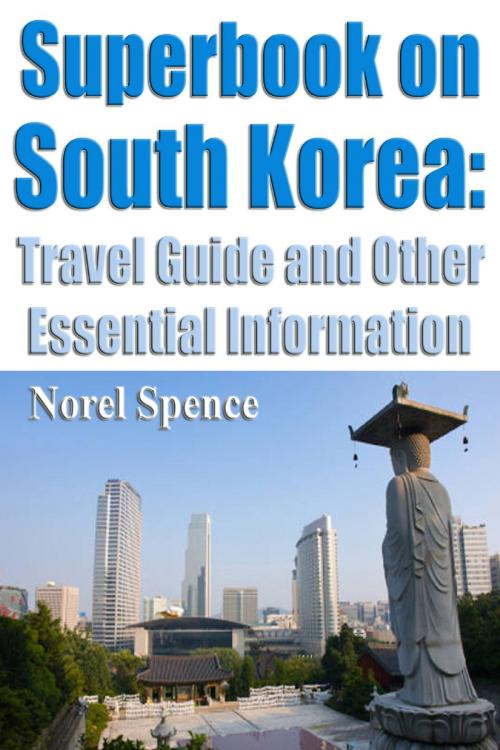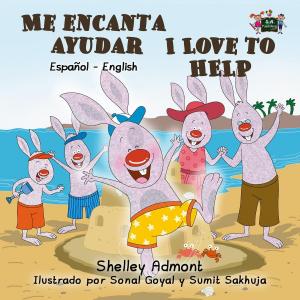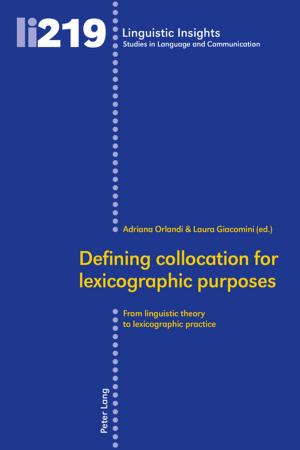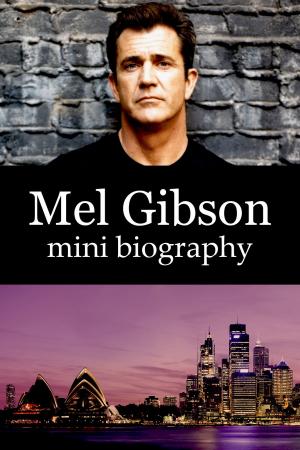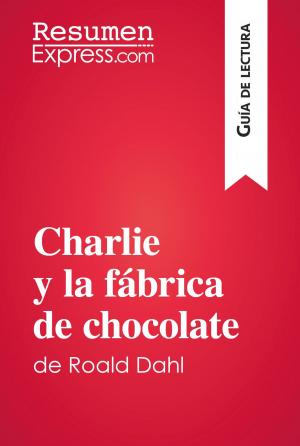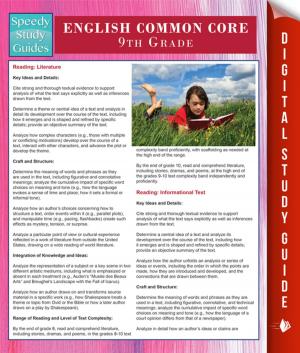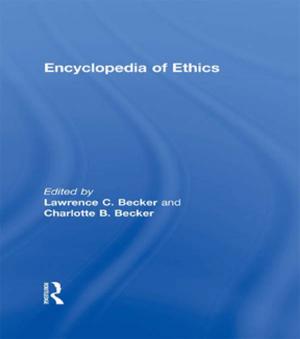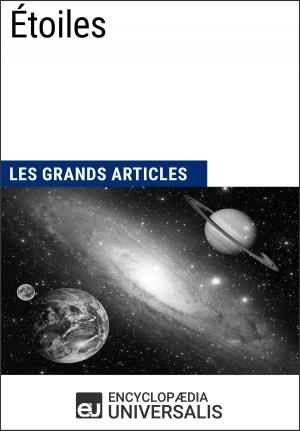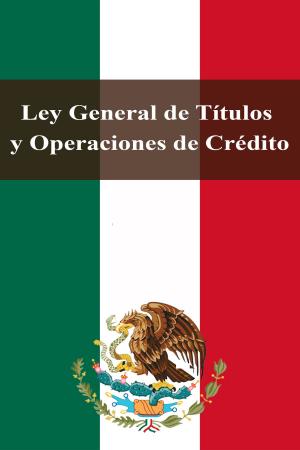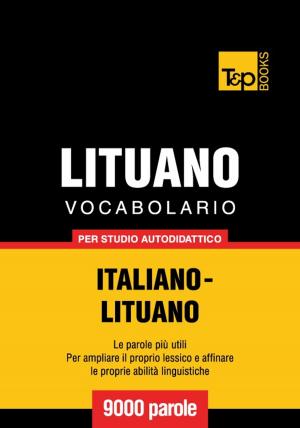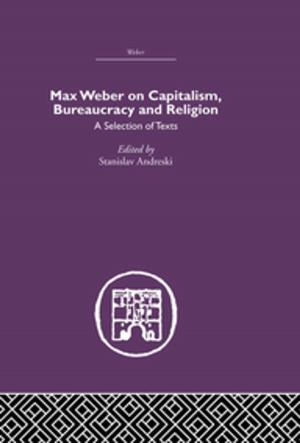Superbook on South Korea: Travel Guide and Other Essential Information
Nonfiction, Travel, Asia, Far East, Reference| Author: | Norel Spence | ISBN: | 9781370782581 |
| Publisher: | Norel Spence | Publication: | May 16, 2013 |
| Imprint: | Smashwords Edition | Language: | English |
| Author: | Norel Spence |
| ISBN: | 9781370782581 |
| Publisher: | Norel Spence |
| Publication: | May 16, 2013 |
| Imprint: | Smashwords Edition |
| Language: | English |
Until relatively just recently, Korea was an insular spot, existing under dynastic regulation for centuries, with hundreds, some say thousands, of invasions over the centuries. However, the 35-year Japanese occupation from 1910, the split of the peninsula after WWII and the succeeding Korean War ruined all that. Difficult times have actually however made the Koreans a resilient whole lot, prospering financially whilst still holding onto their one-of-a-kind traditions and fascinating culture.
The demilitarised zone, the border between North and South Korea is an eerie place - the tension is so trumped up it seems it should be a Hollywood film set, yet there is no denying the barbed wire or the possible attack by the North. In the rest of the nation, Korea is strewed with fortresses, temples and palaces, many of them UNESCO Globe Heritage sites, making a trip here rich with discovery.
The seventh biggest city in the world, vibrant Seoul is a bewitching mix of ancient and contemporary. An innovative cityscape of glass, steel and concrete skyscrapers tower over standard wooden houses with tiled roofs and a labyrinth of cobbled alleys in unique, village-like communities.
Intricate digital equipment, neon signs clamoring for attention and glittering designer stores lie around the corner from evening markets, ancient palaces and temples. A tributary of the Han River winds through it all, bisecting the city, cooling the hot summer times and supplying seconds of calm away from the crowds.
Founded 600 years ago by the Joseon dynasty, Seoul has a truly Asian heart (despite American influence and modernization), which can be seen plainly in its distinctive, fragrant and healthy food, a lot of it vegetarian.
Individuals still see standard tea houses, the 5 sophisticated palaces host cultural performances, and the extensive galleries and massively effective contemporary Korean cinema with historic, social themes keep the ancient past alive. Seoul was designated a UNESCO City of Design in 2010 in recognition of its social heritage and thriving creative scene.
Until relatively just recently, Korea was an insular spot, existing under dynastic regulation for centuries, with hundreds, some say thousands, of invasions over the centuries. However, the 35-year Japanese occupation from 1910, the split of the peninsula after WWII and the succeeding Korean War ruined all that. Difficult times have actually however made the Koreans a resilient whole lot, prospering financially whilst still holding onto their one-of-a-kind traditions and fascinating culture.
The demilitarised zone, the border between North and South Korea is an eerie place - the tension is so trumped up it seems it should be a Hollywood film set, yet there is no denying the barbed wire or the possible attack by the North. In the rest of the nation, Korea is strewed with fortresses, temples and palaces, many of them UNESCO Globe Heritage sites, making a trip here rich with discovery.
The seventh biggest city in the world, vibrant Seoul is a bewitching mix of ancient and contemporary. An innovative cityscape of glass, steel and concrete skyscrapers tower over standard wooden houses with tiled roofs and a labyrinth of cobbled alleys in unique, village-like communities.
Intricate digital equipment, neon signs clamoring for attention and glittering designer stores lie around the corner from evening markets, ancient palaces and temples. A tributary of the Han River winds through it all, bisecting the city, cooling the hot summer times and supplying seconds of calm away from the crowds.
Founded 600 years ago by the Joseon dynasty, Seoul has a truly Asian heart (despite American influence and modernization), which can be seen plainly in its distinctive, fragrant and healthy food, a lot of it vegetarian.
Individuals still see standard tea houses, the 5 sophisticated palaces host cultural performances, and the extensive galleries and massively effective contemporary Korean cinema with historic, social themes keep the ancient past alive. Seoul was designated a UNESCO City of Design in 2010 in recognition of its social heritage and thriving creative scene.
